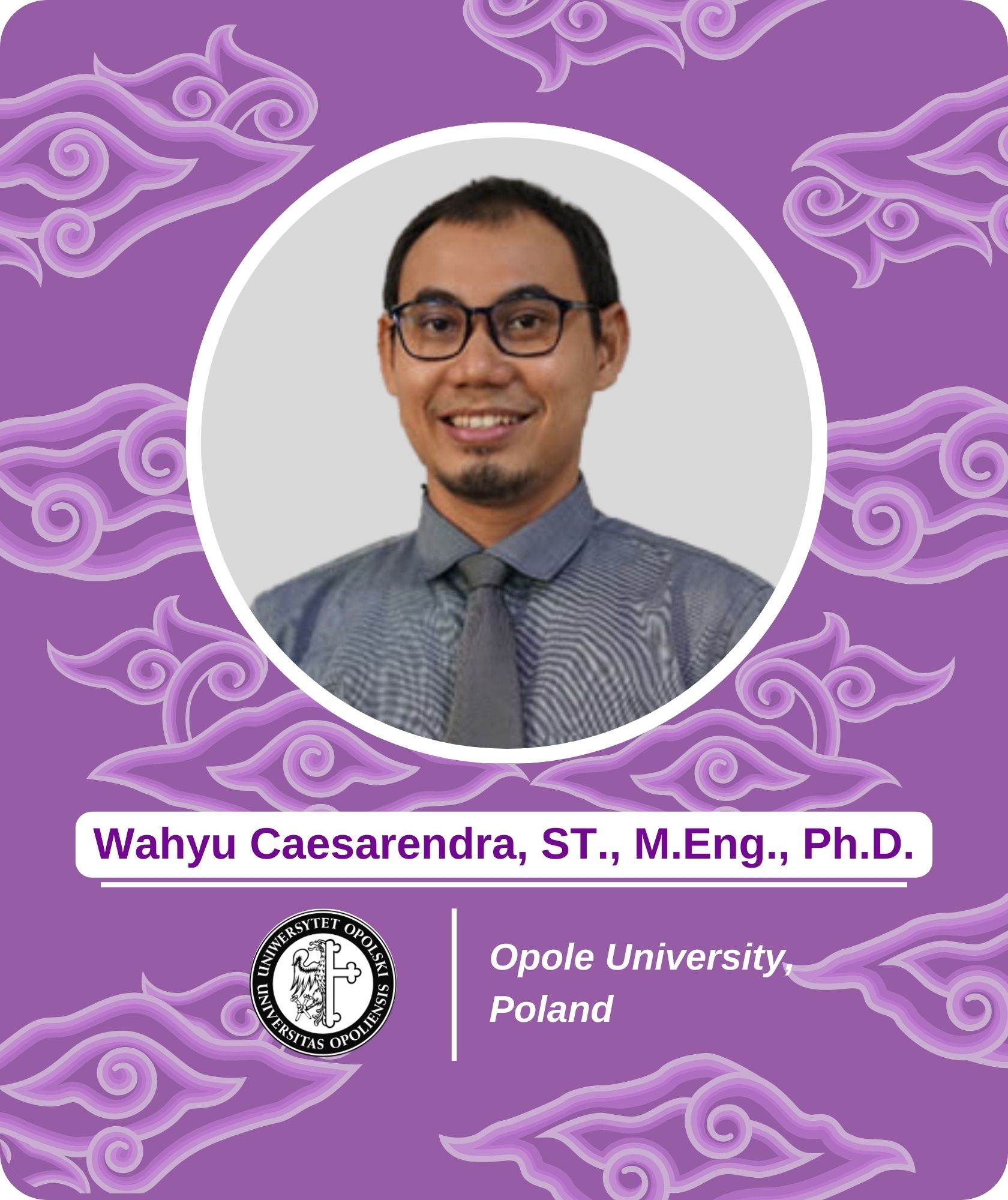Termite attack on succession forest plants at Soraya Research Station, Leuser Ecosystem, Sumatra
This title will be presented on Friday, December 15, 2023 at 10.05-10.15 GMT+7.
Abstract
This title will be presented on Friday, December 15, 2023 at 10.05-10.15 GMT+7.
Termite is one of the social insects that play a significant role in the decomposition process in tropical forests. This arthropod not only attacks dead plants but also live plants. Information on termite attacks on plants in tropical forests is still very scarce in Indonesia, especially in regenerating forests. This study aims to reveal the role of termites in infesting plants in Soraya Forest, Leuser Ecosystem. Data collection using standardized sampling protocol and descriptive data analysis. We found 90 species of plants, 63 genera, and 37 families. Dipterocarpaceae, Meliaceae, Anacardiaceae, Ebenaceae, Euphorbiaceae, Moraceae, and Myristicaceae are dominant plant groups in the forest. The results found 90 species, 63 genera, and 37 families of living and dead plants. The dominant plant groups are Dipterocarpaceae, Meliaceae, Anacardiaceae, Ebenaceae, Euphorbiaceae, Moraceae, and Myristicaceae. Plant strata attacked by termites include trees, poles, saplings, and lianas. Shorea multiflora (Burck) and Streblus elongatus (Miq.) are the most dominant living plant species attacked. This study also describes the preferences of termite attacks on different plant species in the Soraya Regeneration Forest.




















